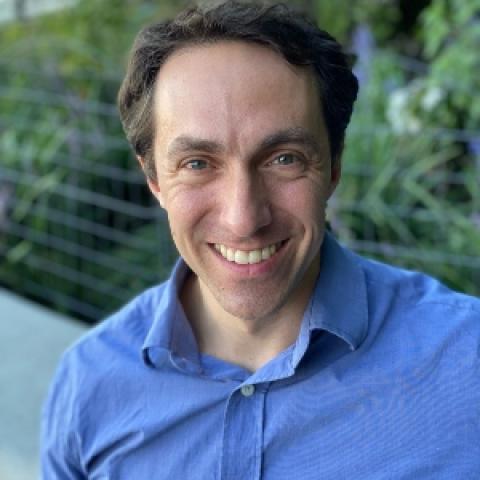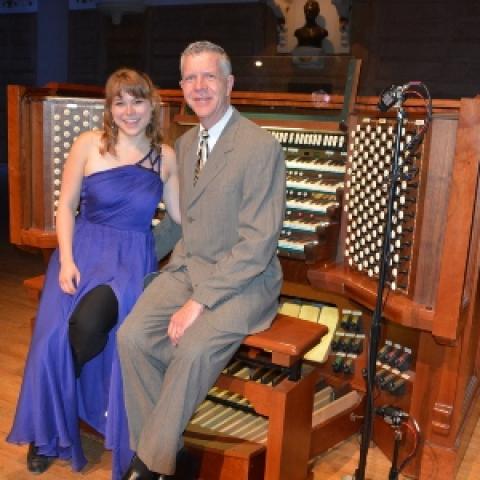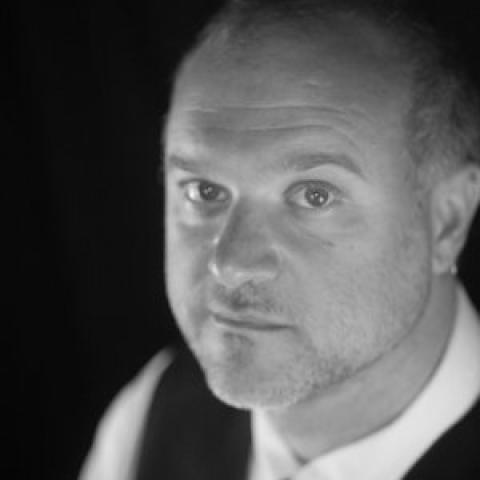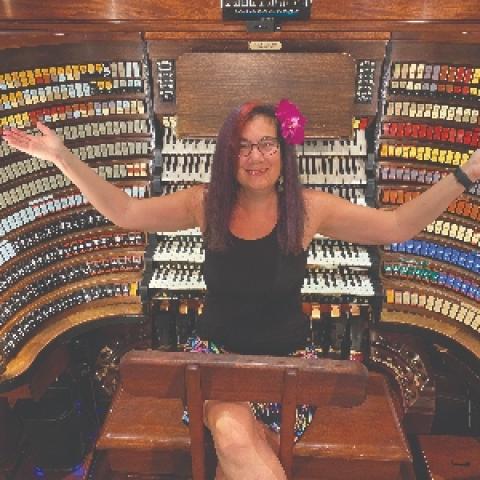Ona Jarmalaviciute is a Lithuanian London-based culture journalist and musicologist, writing for such magazines as Mica-Music, Classical Music Daily, and Opera Wire. She has interviewed contemporary musicians, including Polina Osetinskaya, Asmik Grigorian, Kirill Gerstein, and Alastair Miles. With a mission of connecting musicians and their ideas with the audiences, Ona is interested in the topics of the compositional process, as well as the creative practices in contemporary times.
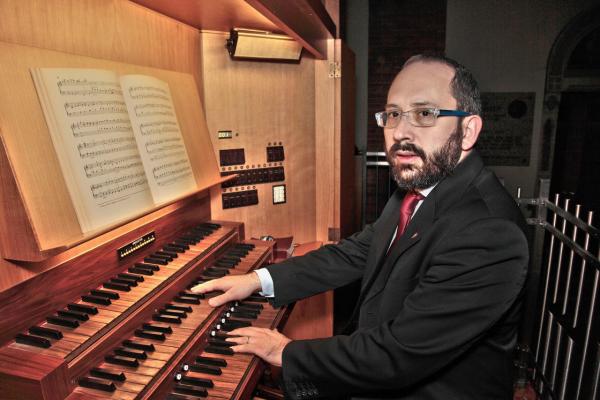
Italian organist and composer Paolo La Rosa is always exploring music with different points of view. After his studies in organ, choral conducting, improvisation, and composition at the “G. Verdi” Conservatory in Milan and the “L. Marenzio” Conservatory in Brescia, Italy, he traveled across Europe, participating in various organ masterclasses. He is the composer of numerous pieces for mixed voices, children’s choirs, orchestra, voice, and piano. In the wake of the current pandemic, Italy has suffered losses in various areas of life, including its music and cultural life. La Rosa shares his impressions and thoughts on the present situation of the organ and church music in his native country. He discusses elements of his life that have shaped him as a musician.
What formed you as a musician?
I studied in the conservatories of Brescia and Milan, but I believe that my most meaningful training happened throughout my time touring Europe for numerous masterclasses in organ, improvisation, composition, and choral conducting. Throughout these years I learned that there is no single vision of what music is, in both interpretation and composition. Each teacher with whom I have worked had their own unique vision. Everyone has assisted me in different aspects and has helped to shape my musical thinking. It is very important to have a broad cultural background and not a specific music repertoire. I believe that is the point of being a musician—having a unique vision and ability to express yourself in an eclectic way. That’s how I was formed as well.
How has your musical taste evolved during the years?
I have different musical tastes: my first love was J. S. Bach, and I developed deep knowledge of his work from a very young age. As an organ student at the conservatory, I experienced the French organist-composers of the nineteenth and twentieth centuries. During improvisation and composition studies I was motivated and inspired by such great masters as Debussy, Ravel, Stravinsky, and Messiaen.
What lessons from your professors defined your future career?
There have been several aspects that have characterized the course of my career. In my two years of early music studies at the International Academy of Music in Milan, for example, I learned a method and rigor in regards to interpretation of ancient and Baroque music both on the harpsichord and on the organ. Also during courses at the CESMD (Centre d’Études Supérieures Musique et Danse) in Toulouse in France, I learned the French repertoire by playing historical instruments and learning directly from their sound.
What do you value the most in your profession?
I really enjoy the very fact that we, as musicians, always face different experiences when we play in concerts, when we compose pieces for choir and organ, as well as when we teach in class or to private students. The organist must adapt to each hall and each instrument differently. Since no organ is the same, new creative solutions on how to adapt to it is challenging and rewarding.
How could you define your compositional style?
Over the years my taste is increasingly leaning toward a sonorous style. If I can be more precise I love the modalism that emancipates us from classical tonalism and apparently detaches us from tradition. In some of my works, I have achieved a style that I would define as a chromatic neo-modalism. In other pieces more related to the world of children and childhood itself, I like to mix modernity and tradition, always with style and taste, and never in an obvious way.
What does your compositional routine look like?
I always follow a melodic idea that I can modify during the course of the composition. In this way I am linked to predefined forms that are expressed in a modern language. Gregorian chant is a great starting point for the construction of a melody. In improvisation, we have the ability to create a musical work directly under our fingers, instead. But even then we must not lose sight of the language, and the piece should be as consistent as possible.
What professional accomplishments are most meaningful to you?
In general, I am happy I followed my own musical thinking, and I don’t get too carried away by clichés and trends of the times. And specifically in the field of organ playing, I am particularly proud of a disc of organ improvisations I am about to publish. This recording is a result that sprang out of my musical and liturgical work at the Church of San Michele and Santa Rita in Milan where I worked until 2011.
How have the role and significance of the organist evolved recently?
I can speak only of my country, Italy, where the role of the professional liturgical organist is unfortunately gradually worsening. I would say this is happening mainly due to the mediocrity of the clergy and new priests, who often see the organist as an encumbrance to be considered and paid, rather than a minister of the liturgy that can encourage and influence others with his work. This is quite saddening to live through.
What is creativity for you, and how does it manifest in your work and everyday life?
In my opinion, creativity occurs in interpretation, composition, and teaching. There is so much creativity and spirituality that manifests itself in the daily relationships I have formed with my students and, in a broader sense, in the cultural exchange that takes place in the teaching of music. The relationship between the teacher and the pupil can be interpreted in many different ways, but for me, the student is considered as an already full vessel that the teacher only has to guide, not an empty vessel that still needs to be filled. The word educate in Italian literally means to bring out—therefore, to give birth, develop, bring out one’s talent for the world to experience.
What motivates you in your career?
I am motivated by getting to know many new people and having many different shared experiences. Also I really enjoy the continuous change of mind and circumstances that happen in a composer’s professional life. This doesn’t allow one to get too attached to one’s beliefs and principals.
What future projects are you most excited about?
During this global health crisis, I am more concerned about not losing what we organists already have: playing in churches, leading the assemblies in liturgical chants, and listening to music during concert performances. But at the moment I am working on my future passion project, since I am searching for interesting organ repertoire to record for my next organ CD!
For more information, visit: http://paololarosa.blogspot.com and youtube.com/c/PaoloLaRosa.

